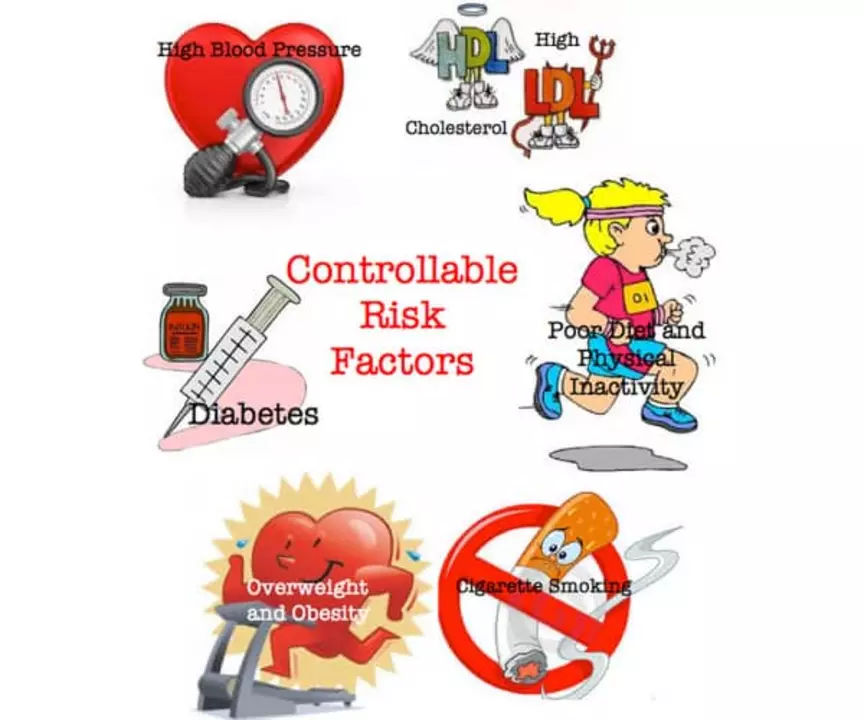Stroke: Spot the Signs Fast and Take Action
Every 40 seconds someone in the U.S. has a stroke. That makes knowing the signs and what to do more than useful—it can save a life. Read this short, practical guide so you’ll recognize a stroke quickly and act without hesitation.
Spot a stroke fast: the FAST test
Use the FAST checklist: Face, Arm, Speech, Time. Ask the person to smile—does one side droop? Ask them to raise both arms—does one drift down? Ask them to repeat a simple sentence—does the speech sound slurred or strange? If any of these fail, it’s time to act.
Also watch for sudden numbness or weakness (especially on one side), sudden confusion, trouble seeing in one or both eyes, trouble walking, dizziness, or a severe unexplained headache. Don’t wait to see if it gets better.
What to do right away
Call emergency services immediately. Tell dispatch you suspect a stroke and, if you know, give the time symptoms began or the last time the person was seen well. That time matters because some treatments only work if started early.
Do not give food, drink, or medications unless a medical provider tells you to. If the person is unconscious but breathing, put them in the recovery position and stay with them until help arrives. If they’re not breathing, start CPR and get help.
If you’re the one at risk (past TIA, atrial fibrillation, high blood pressure), make a plan. Keep emergency numbers handy, know the fastest route to your hospital, and tell family or roommates what to do.
Treatment depends on the type of stroke. Ischemic strokes (caused by a clot) can sometimes be treated with clot-busting drugs (tPA) if given within about 4.5 hours of when symptoms started. In some cases, doctors can remove the clot with a mechanical procedure up to 24 hours after symptoms begin. Hemorrhagic strokes (bleeding in the brain) require different care focused on controlling bleeding and pressure.
After the hospital, recovery often starts with rehab: physical therapy to regain strength and balance; occupational therapy to relearn daily tasks; speech therapy for language or swallowing issues. Rehab works best when started early and tailored to specific needs.
Preventing a second stroke matters more than anything else. Manage blood pressure, control diabetes, quit smoking, limit alcohol, stay active, and follow your doctor’s advice on medications—especially blood thinners if you have atrial fibrillation, or statins for cholesterol.
Recovery is slow for many people. Set small goals, track progress, and build a support team—family, therapists, and support groups help a lot. Sleep, nutrition, and mental health matter too; many survivors face depression or anxiety, and treating those issues speeds recovery.
If you want curated articles, tips, and rehab ideas, search the stroke tag on GenericCures.com or talk to your healthcare team. Quick action changes outcomes—so remember FAST and call for help right away.
The Connection between Arrhythmias and Stroke

As a blogger, I've recently come across an interesting topic that I'd like to share with you - the connection between arrhythmias and stroke. Arrhythmias are irregular heartbeats, which can disrupt the normal flow of blood and potentially lead to blood clots. These clots can then travel to the brain and cause a stroke, which can be life-threatening. It's crucial to be aware of this connection and monitor any heart-related issues, as managing arrhythmias can help prevent strokes. Remember, staying informed and taking care of your heart can go a long way in ensuring your overall health.
- May 11 2023
- Tony Newman
- 17 Comments
